Choosing a suitable road bike saddle is crucial to improving riding comfort and efficiency. An inappropriate saddle may cause hip pain and discomfort, and even affect riding posture and power output. So, how to find a road bike saddle that suits you? The following key factors can help you make the best choice.
1. Softness and hardness selection: the softer the better

Many cyclists think that soft saddles are more comfortable, but too soft saddles will cause uneven pressure during long-term riding, which will cause discomfort. A harder saddle can provide more stable support and improve riding efficiency. Especially some seat covers, believe me, if your riding distance exceeds 10KM, they will not give you a good experience!
Summary:
(1) Soft saddle: suitable for short-distance riding or commuting, can provide short-term comfort.
(2) Medium hardness saddle: suitable for most road bike riders, considering both comfort and support.
(31) Hard seat cushion (3D printed carbon fiber seat cushion): suitable for competitive riding, providing the best pedaling efficiency, stable support and good comfort. How to do it? It comes from their 3D printing technology.
2. Determine the width of the ischial bone: choose the appropriate seat cushion width

How to choose? The first and most important thing is to determine the width of the seat cushion. The width of each person's ischial bone is different, which determines the appropriate seat cushion size. If the seat cushion is too narrow, it will cause pressure to be concentrated on the soft tissue and cause discomfort; if the seat cushion is too wide, it may affect the riding posture and cause friction on the inner thigh. Therefore, when choosing a seat cushion, you should first measure your ischial distance and then choose a seat cushion of the appropriate width.

(1) Narrow distance between the ischial spine (100mm-120mm) → Suitable for narrow saddles (130-140mm)
(2) Moderate distance between the ischial spine (120mm-140mm) → Suitable for medium-width saddles (140-150mm)
(3) Wide distance between the ischial spine (over 140mm) → Suitable for wide saddles (over 150mm)
Many brands provide tools to measure the distance between the ischial spines, or you can test it at a professional bicycle shop. A simple test method is to find an object that is easy to sink into and will not rebound. We recommend a cardboard box, and sit on it and press it repeatedly. You will get two circles, and the distance between the centers of the two points is your ischial width!
3. Matching riding posture with seat shape




Different riding postures determine the best seat shape:
(1) Competitive riding (low wind resistance posture) → Suitable for flat seat to reduce pressure when leaning forward.
(2) Long-distance riding (relaxation posture) → Suitable for curved seat to provide more support and relieve pressure.
(3) Comprehensive riding (multiple posture switching) → Suitable for medium-curved seat, taking into account both comfort and support.
In addition, some seat cushions have a central opening or groove design to reduce pressure in the perineum area, which is suitable for riders who ride for a long time.
4. Material and weight: details that affect the riding experience

The material of the seat cushion not only affects comfort, but also determines the weight and durability during riding.
(1) Foam filling: light, comfortable, suitable for daily riding.
(2) Gel filling: stronger shock absorption performance, suitable for long-distance riding, but may be heavier.
(3) Carbon fiber base: ultra-lightweight, suitable for competitive riding, but the price is higher.
(4) Titanium rails: provide good shock absorption and are suitable for long-distance riding.
Riders who pursue lightweight can choose carbon fiber saddles, while long-distance riders can consider gel-filled designs for better cushioning. What should you do if you want both? You can try to buy the 3D printed saddle that is more suitable for you. It will not let you down.

 5. Test ride adjustment: find the most suitable angle
5. Test ride adjustment: find the most suitable angle
Even if you choose a suitable saddle, the angle during installation will affect the riding experience. It is generally recommended that the saddle be kept horizontal or slightly tilted forward to reduce pressure on the perineum and avoid numbness.
After changing the saddle, it is recommended to test ride for a short distance and fine-tune the angle and front and rear position according to your feelings to ensure the most comfortable riding posture.
Conclusion:
Choosing a suitable road bike saddle requires comprehensive consideration of factors such as sit bone width, riding posture, hardness, material, and installation adjustment. A saddle that meets your needs can not only improve riding comfort, but also improve riding efficiency, making every ride more enjoyable.
Tags: #bicycle saddle #road bike saddle #soft saddle #medium hardness saddle #3D printed carbon fiber saddle #riding posture #flat saddle #curved saddle #wide saddle #saddle material # #foam filled saddle #gel filled saddle #carbon fiber saddle #3D printed saddle

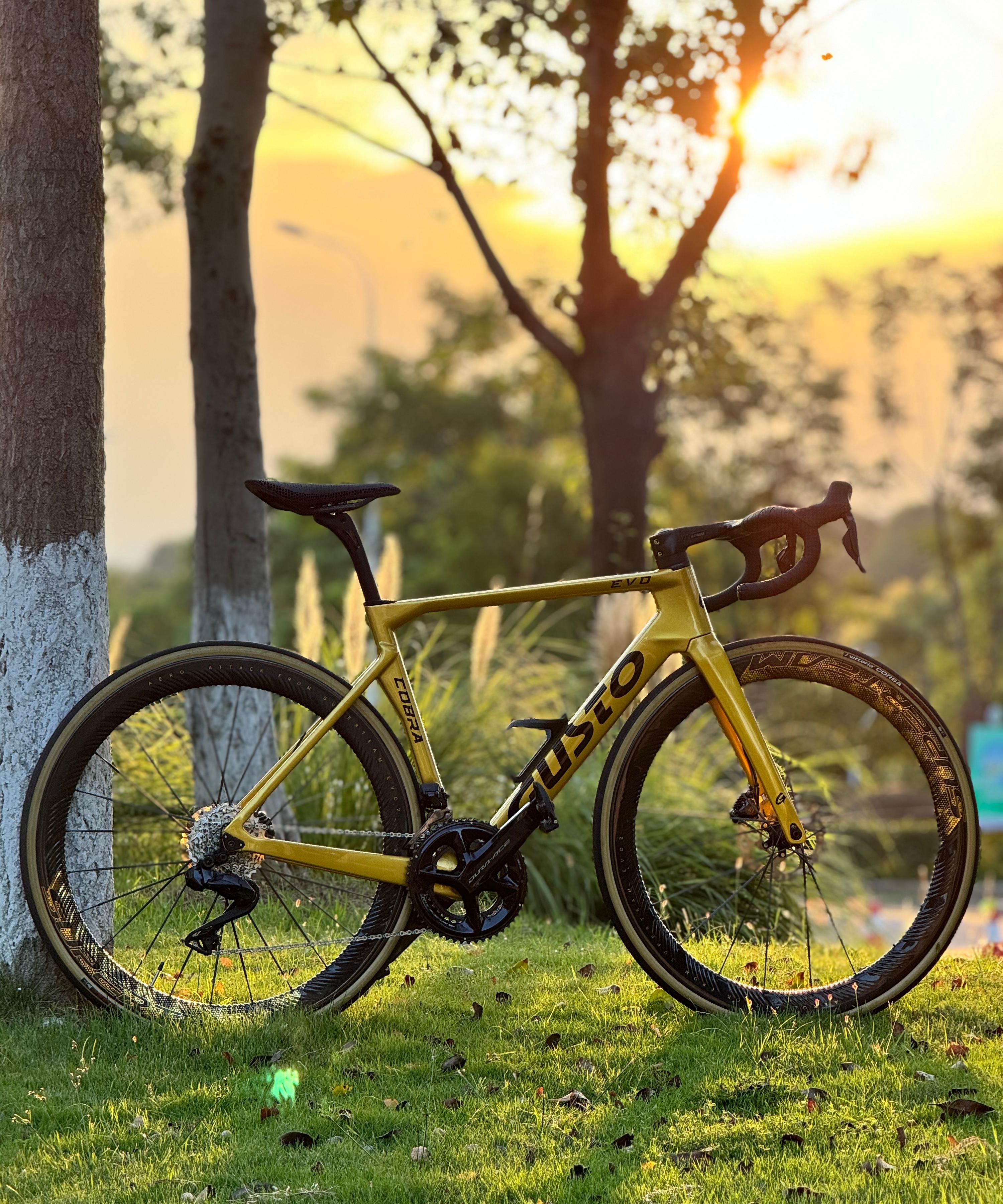
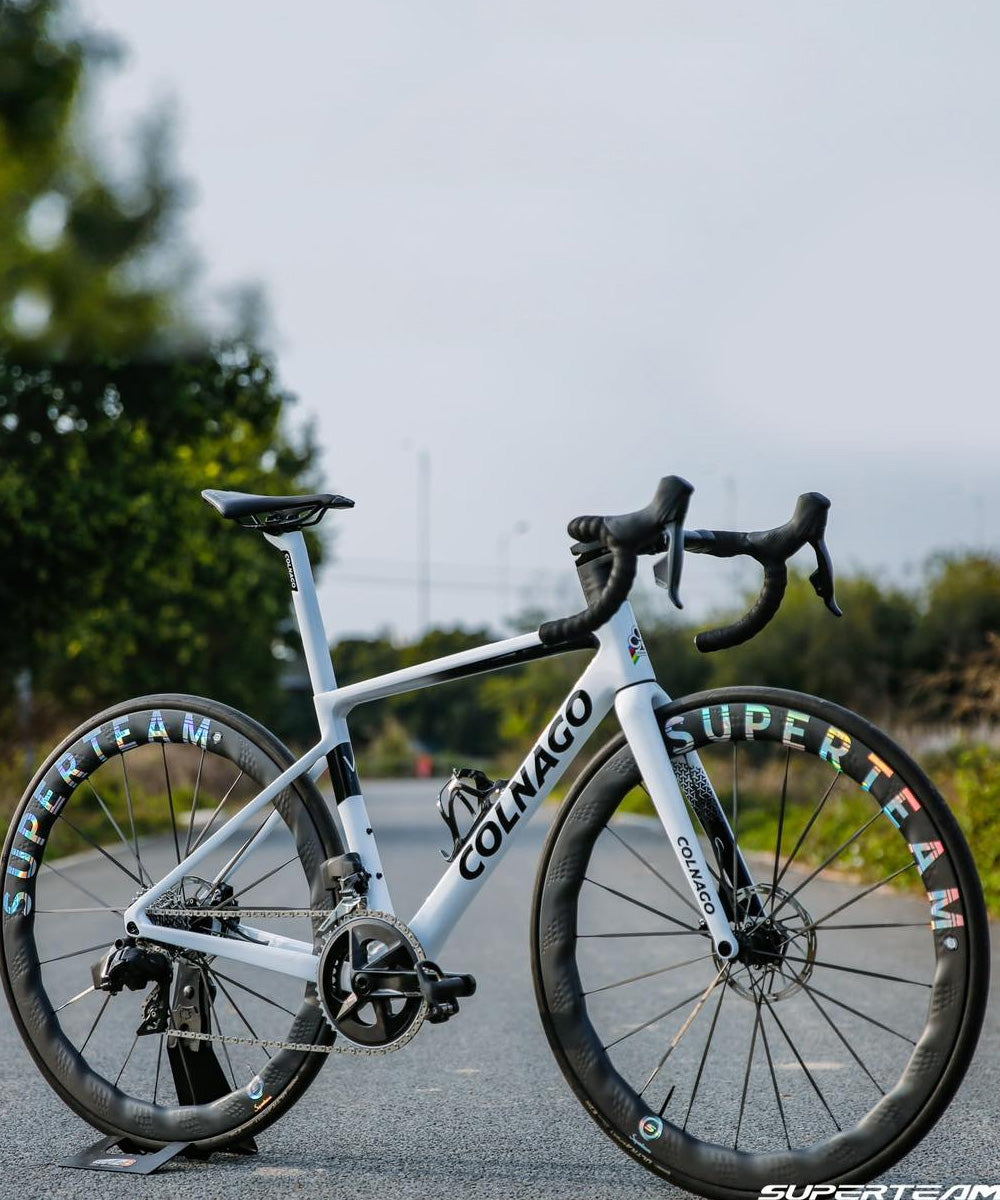
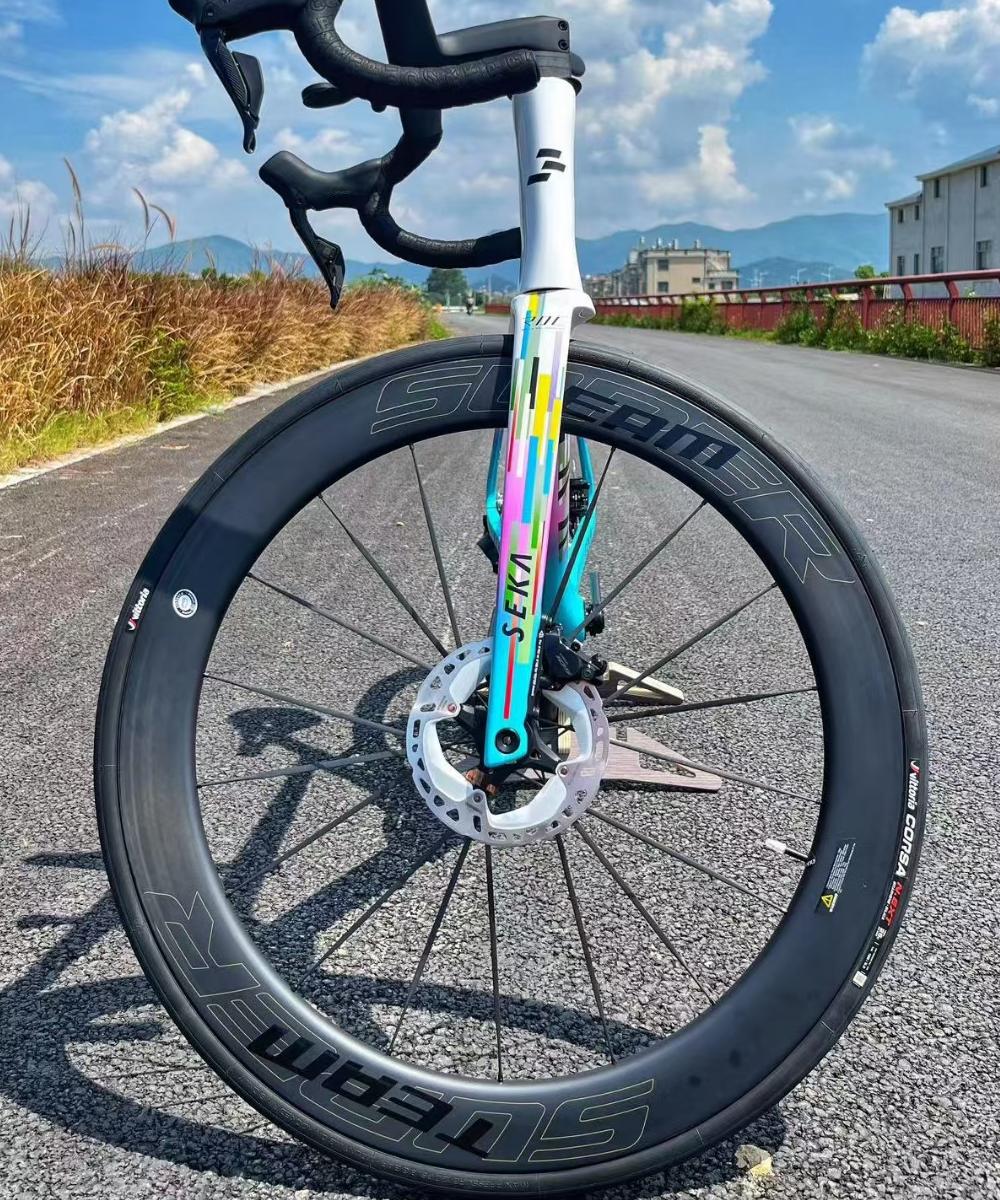
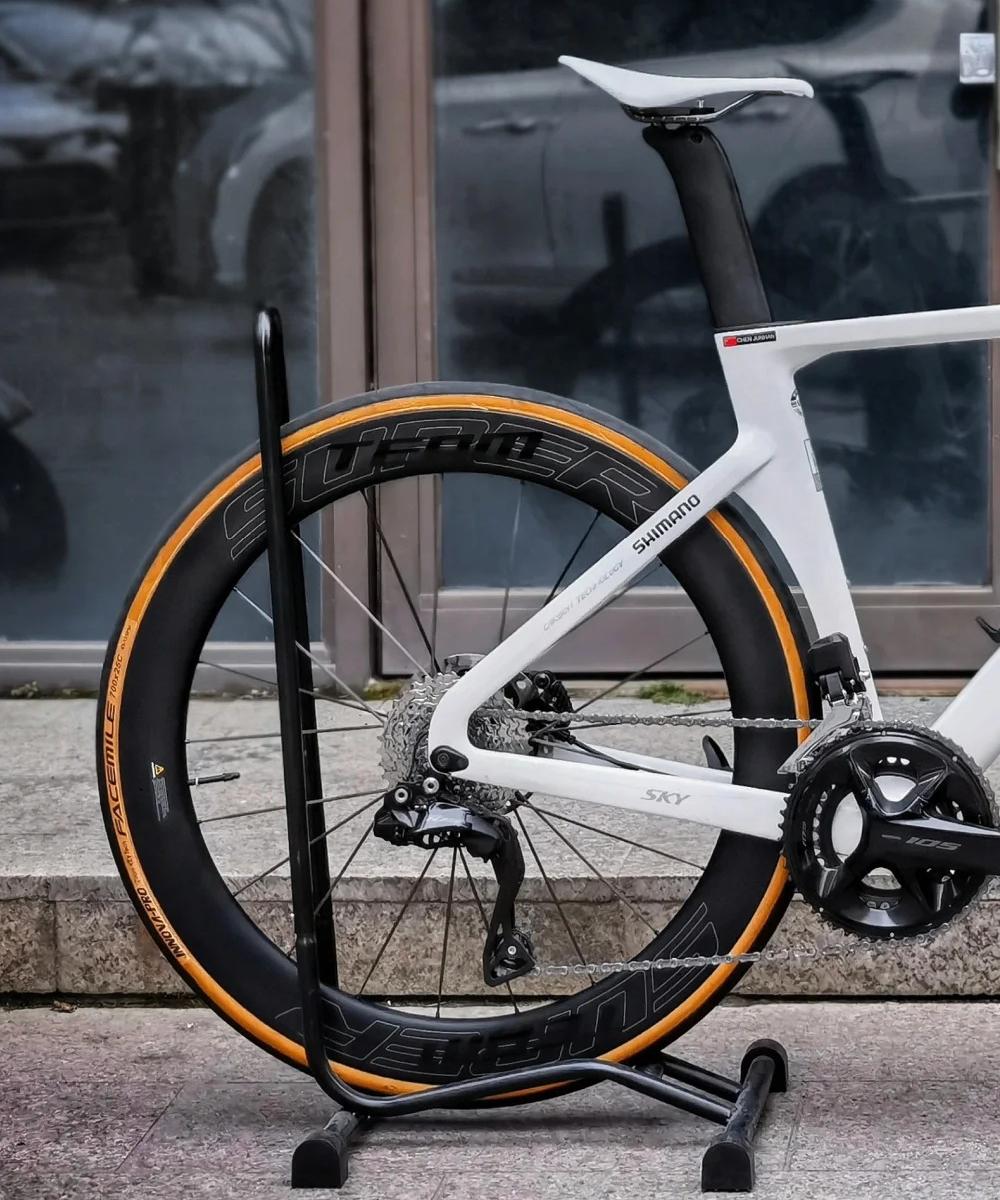
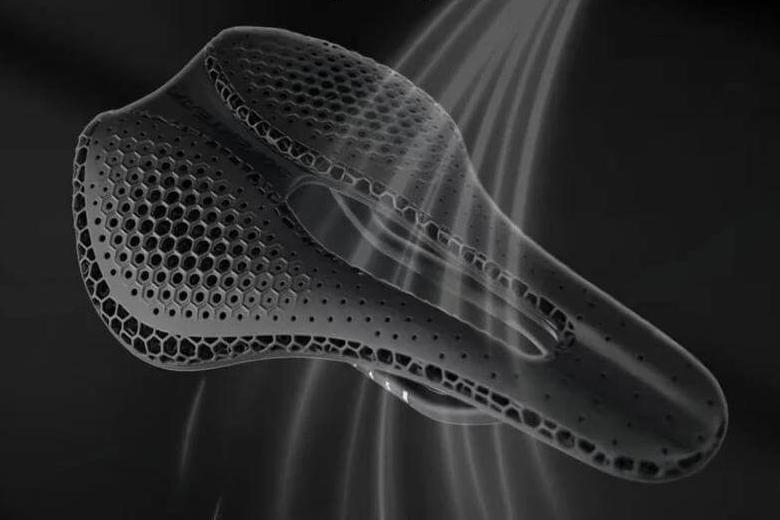

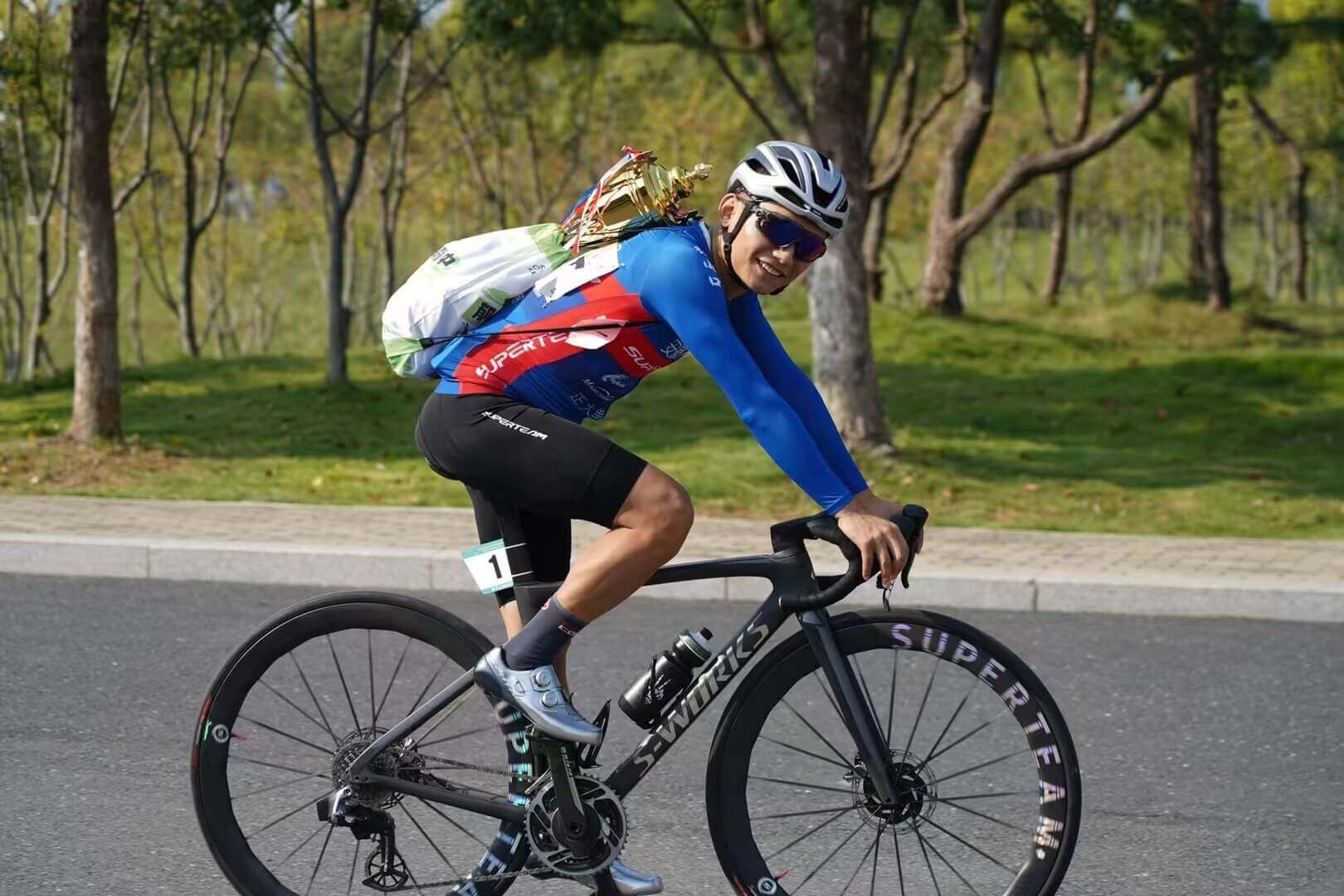
Leave a comment
All comments are moderated before being published.
This site is protected by hCaptcha and the hCaptcha Privacy Policy and Terms of Service apply.